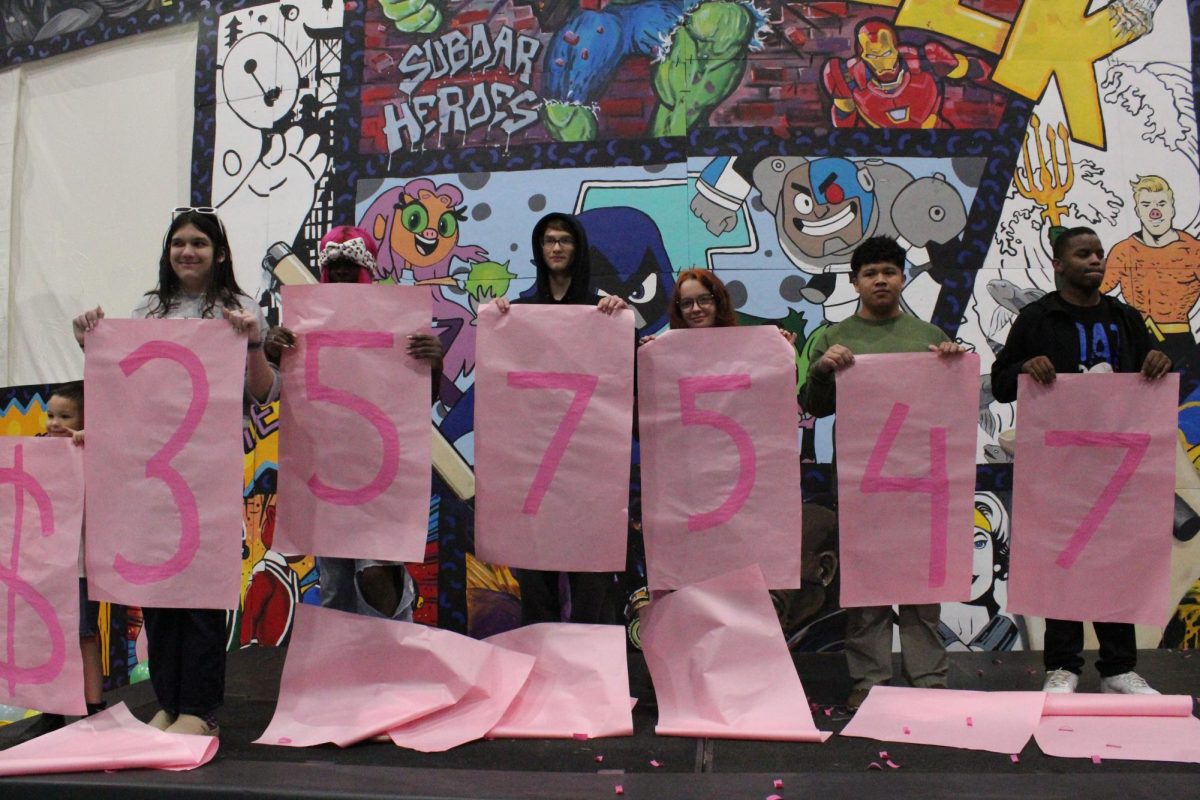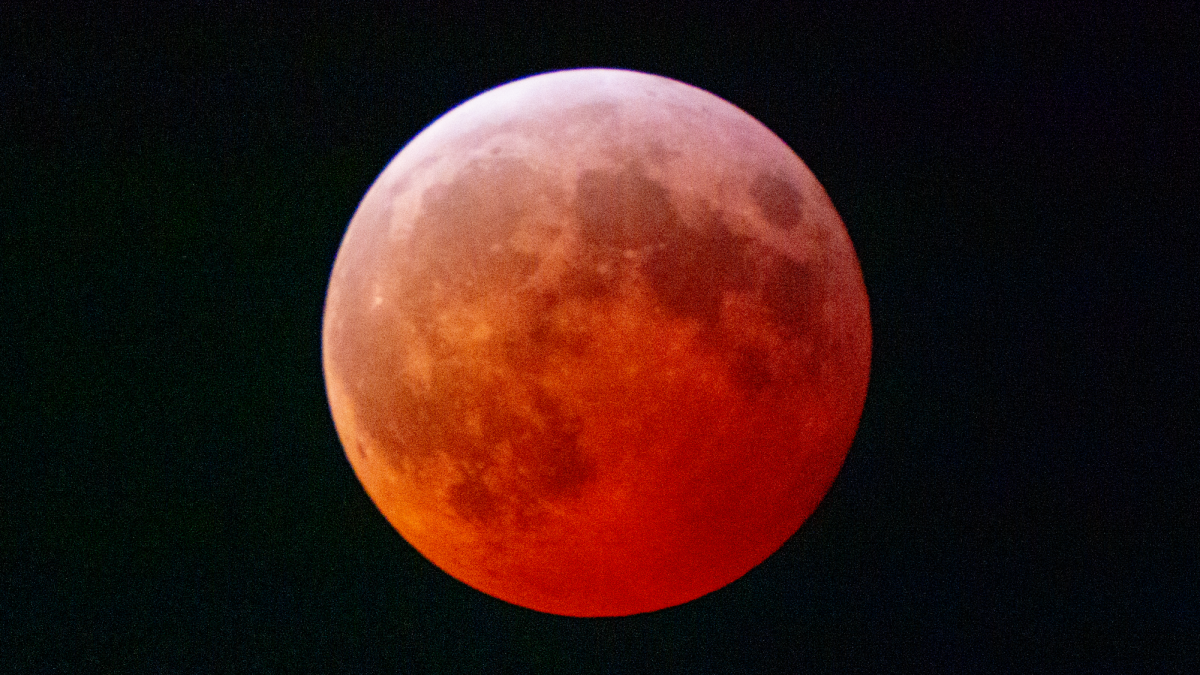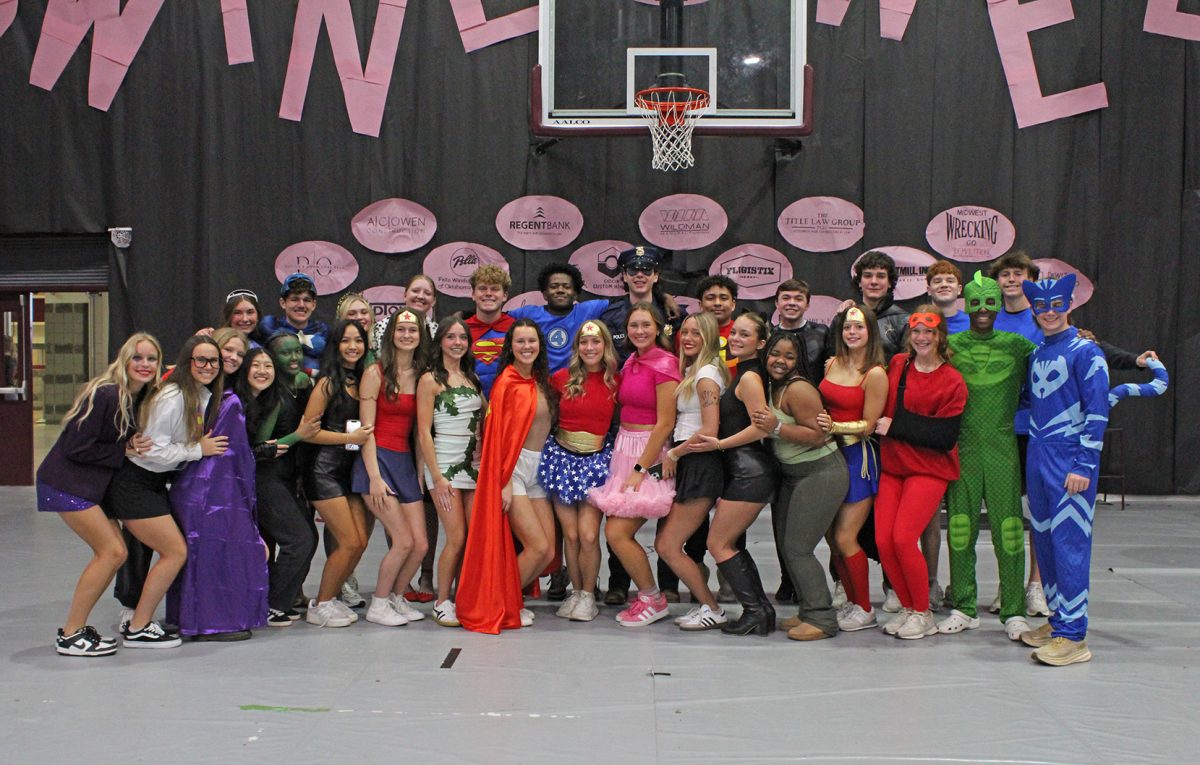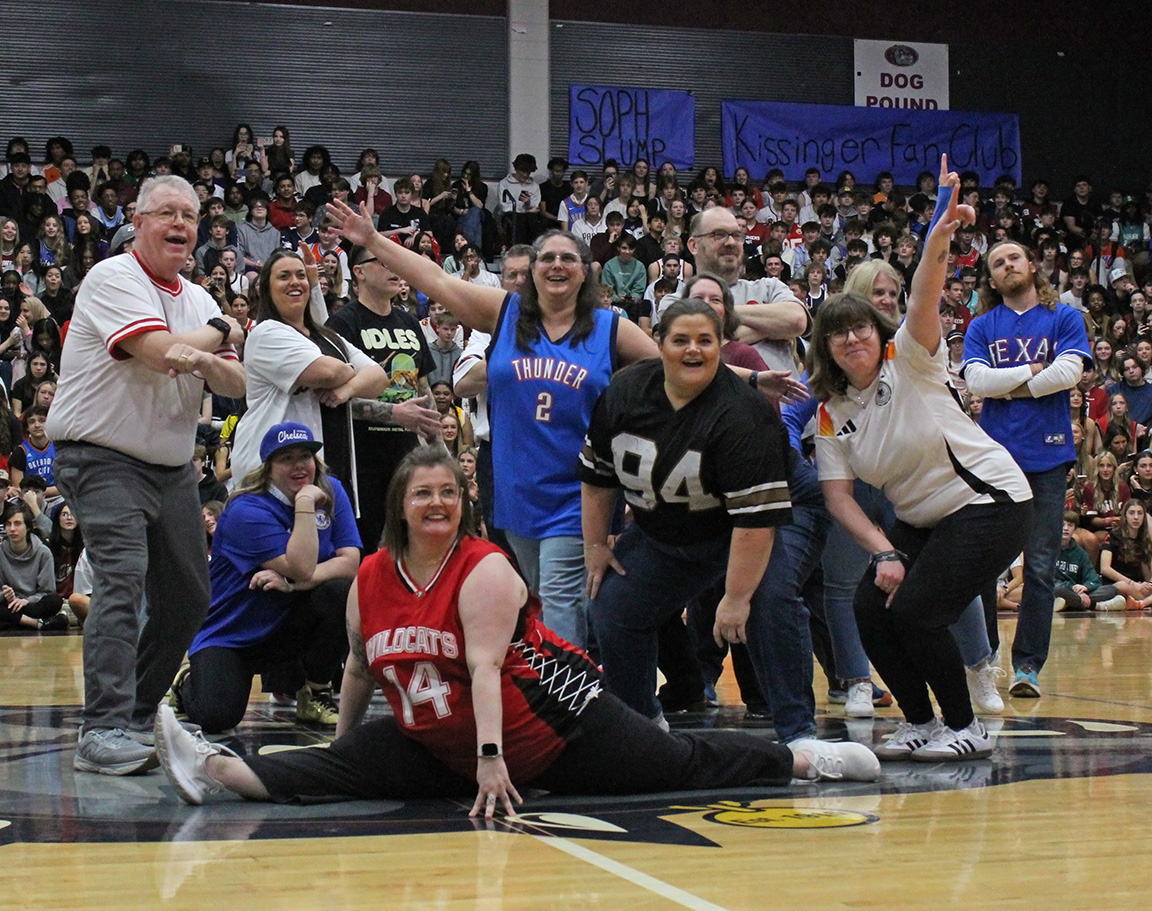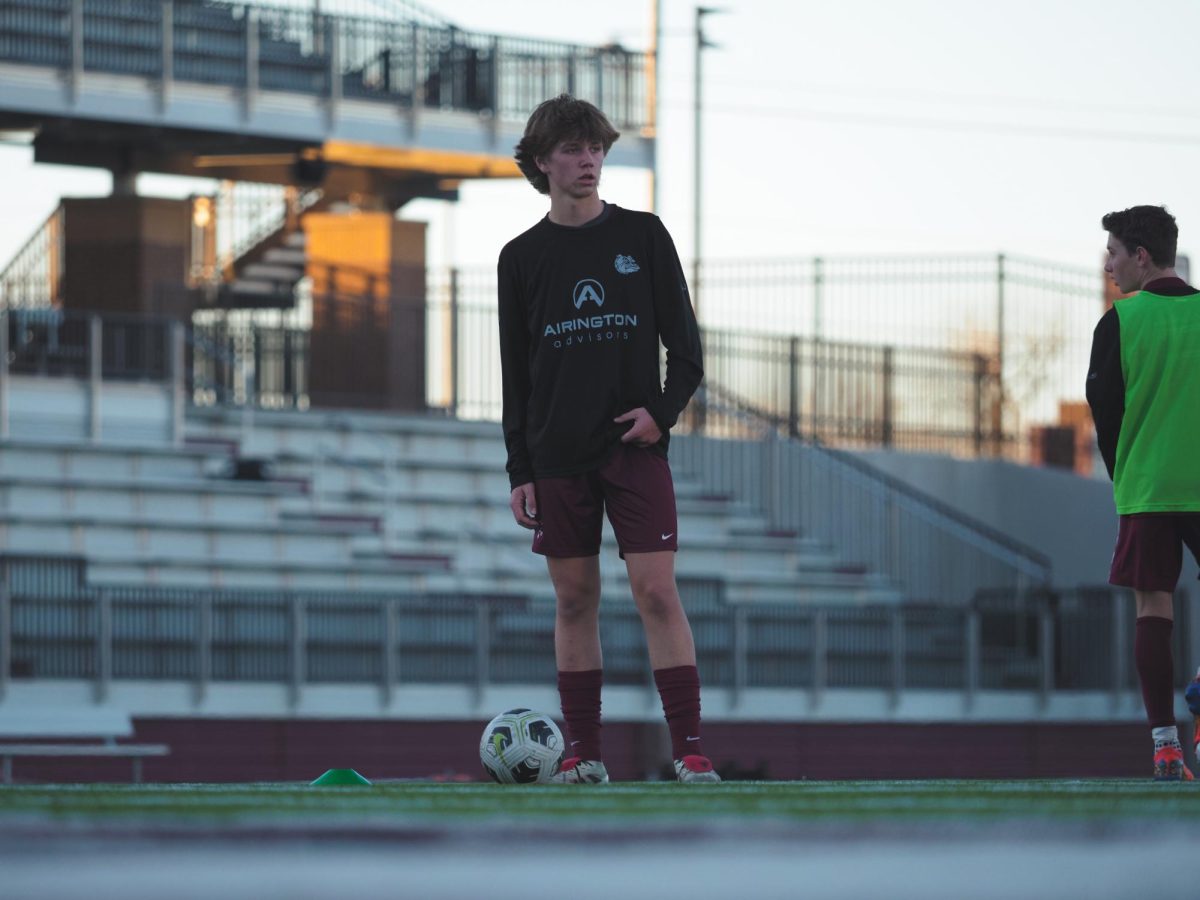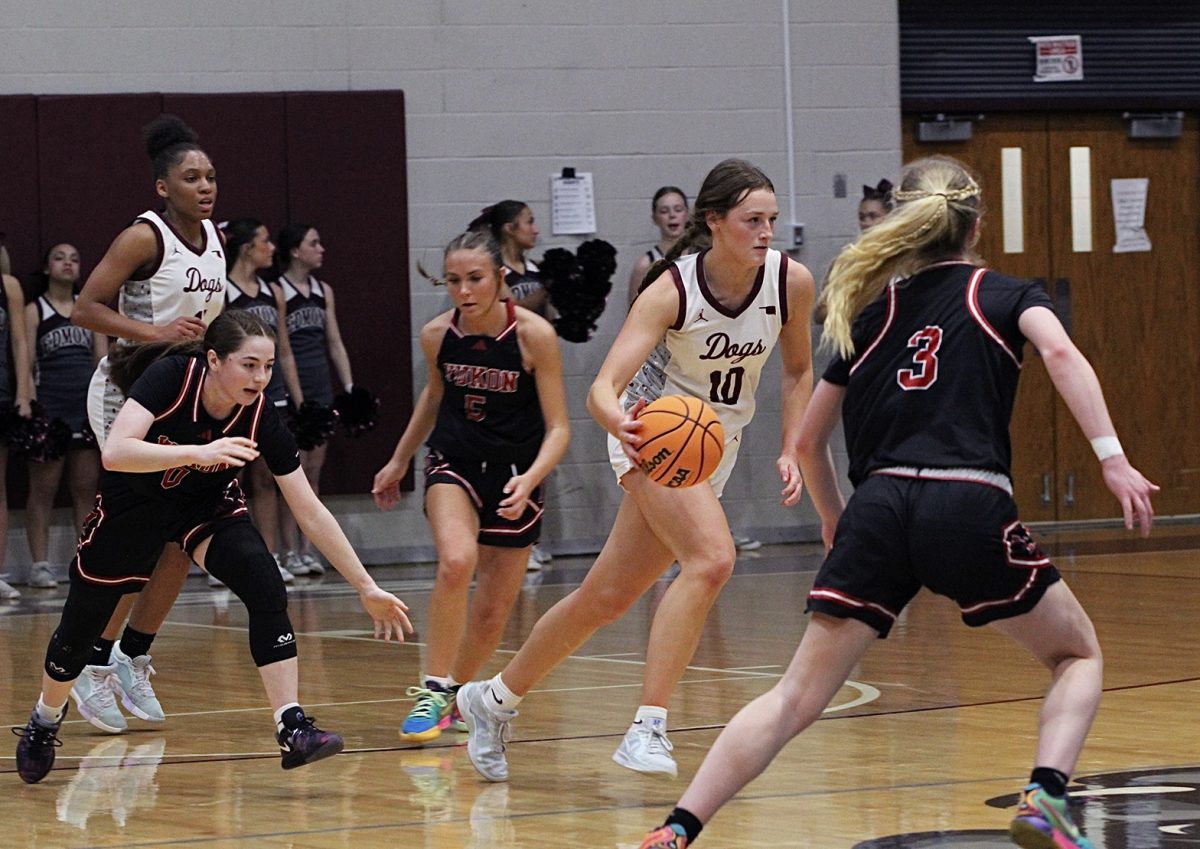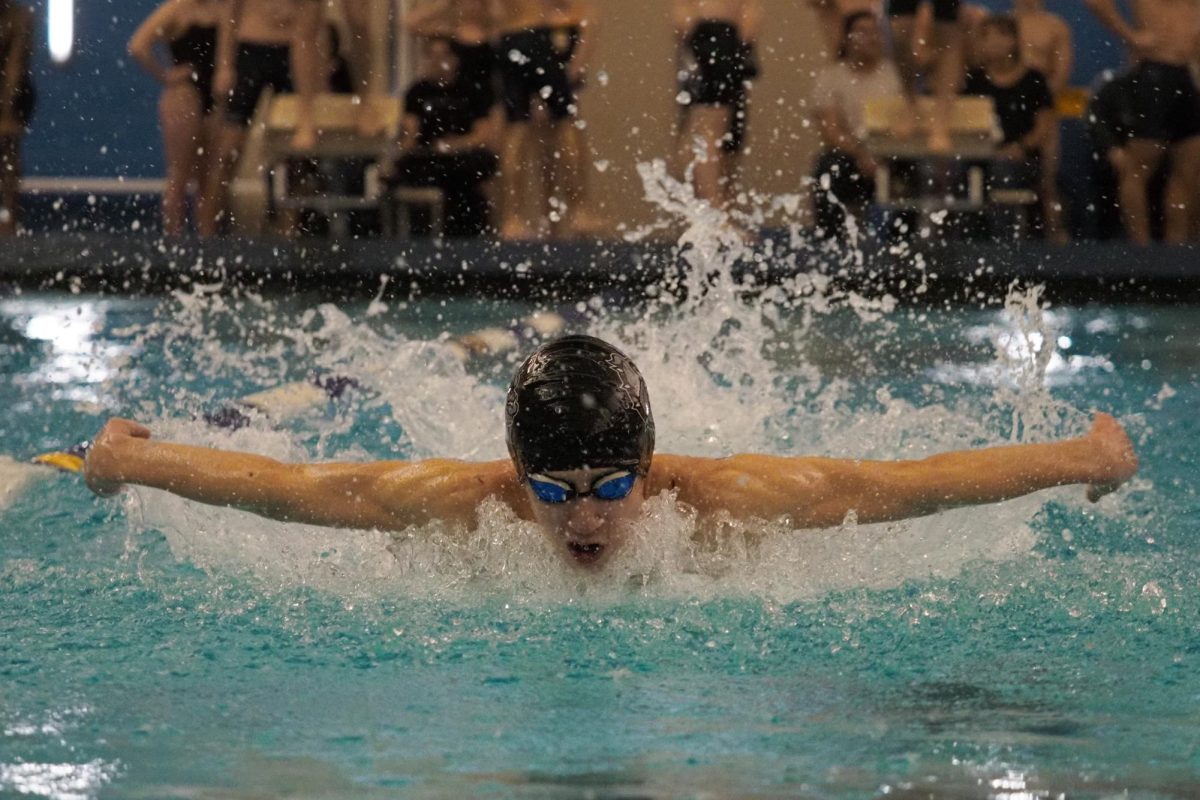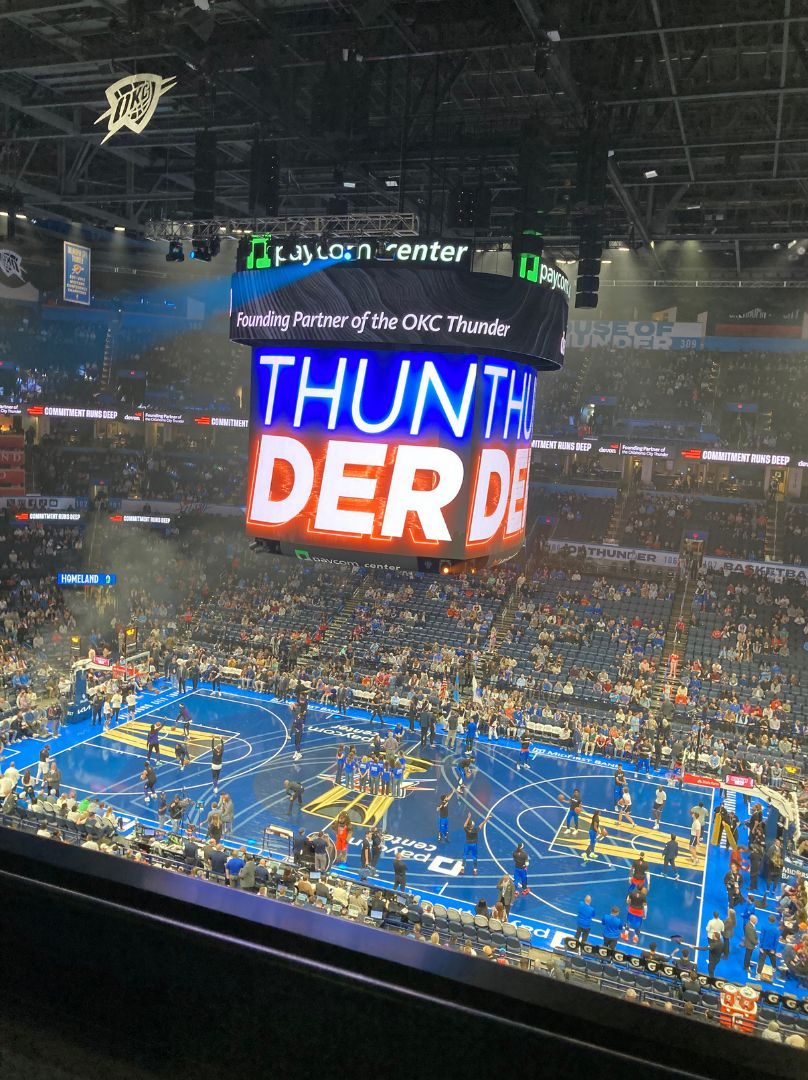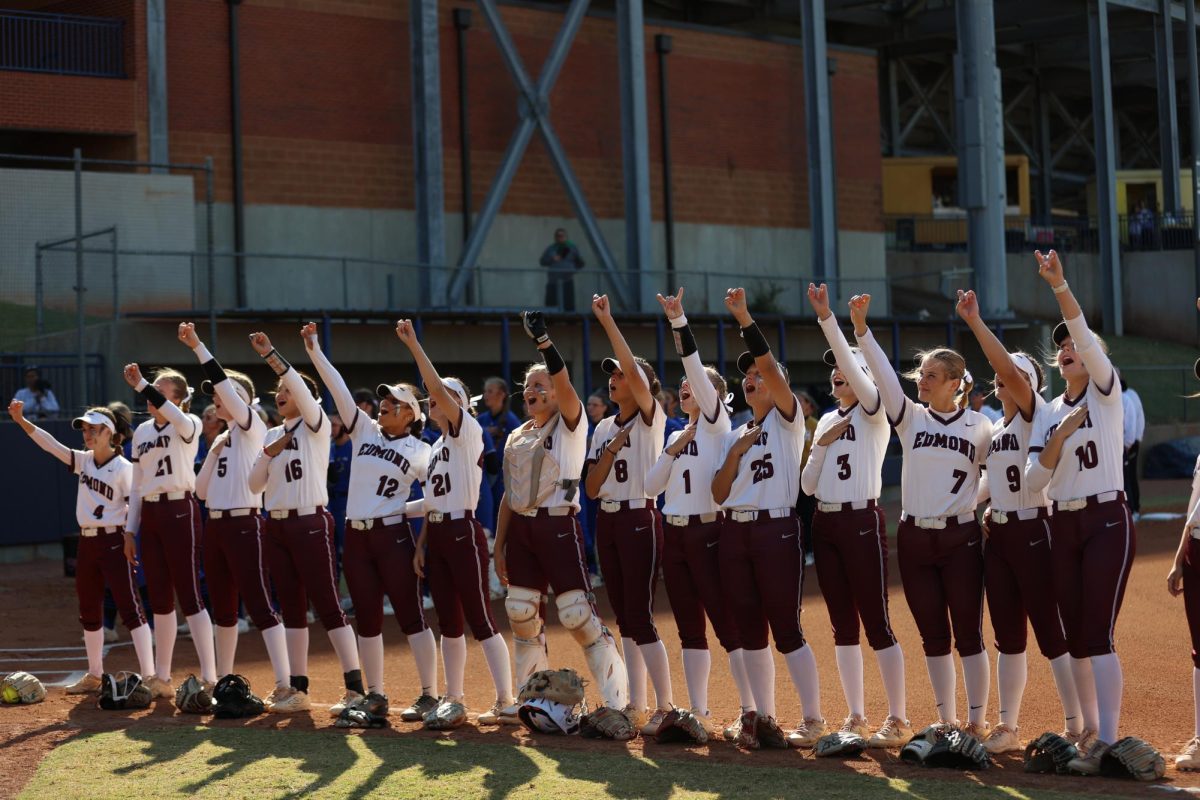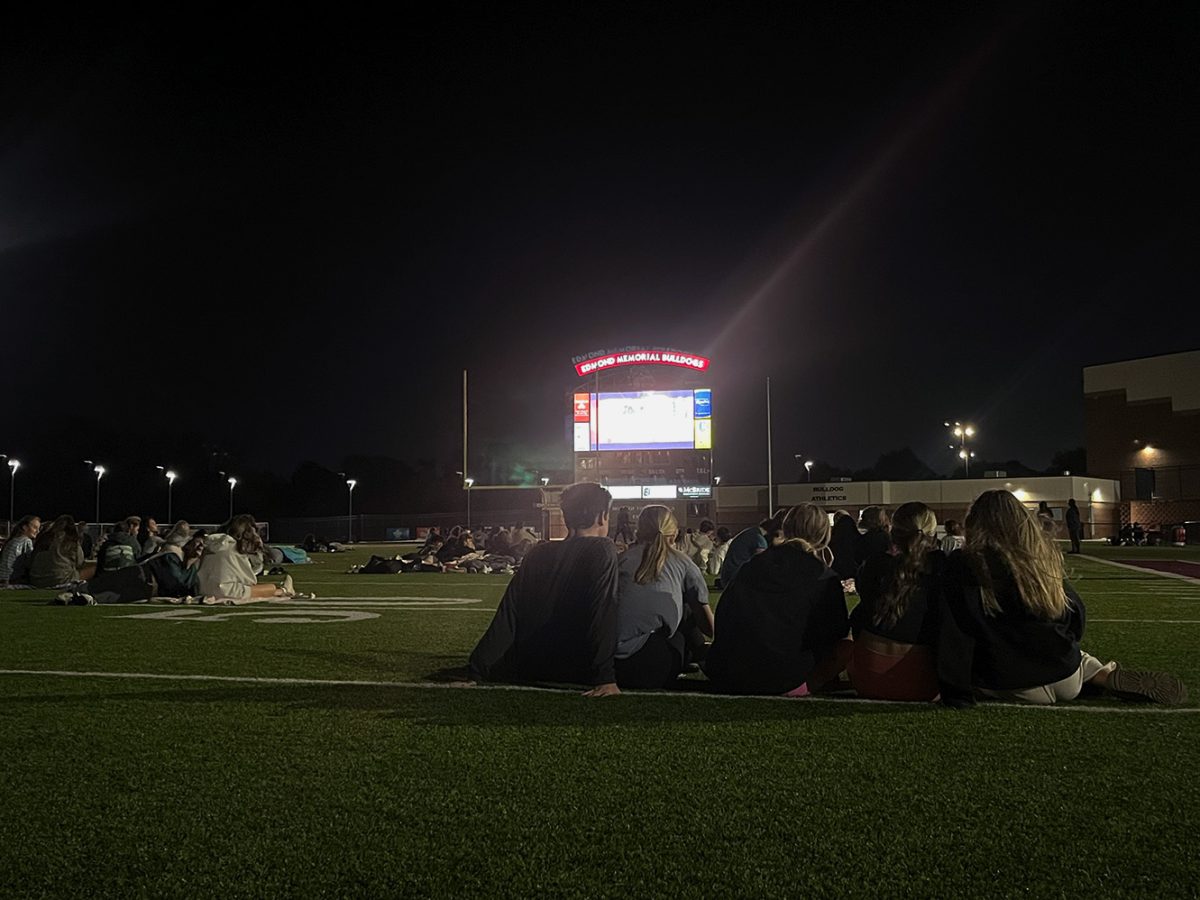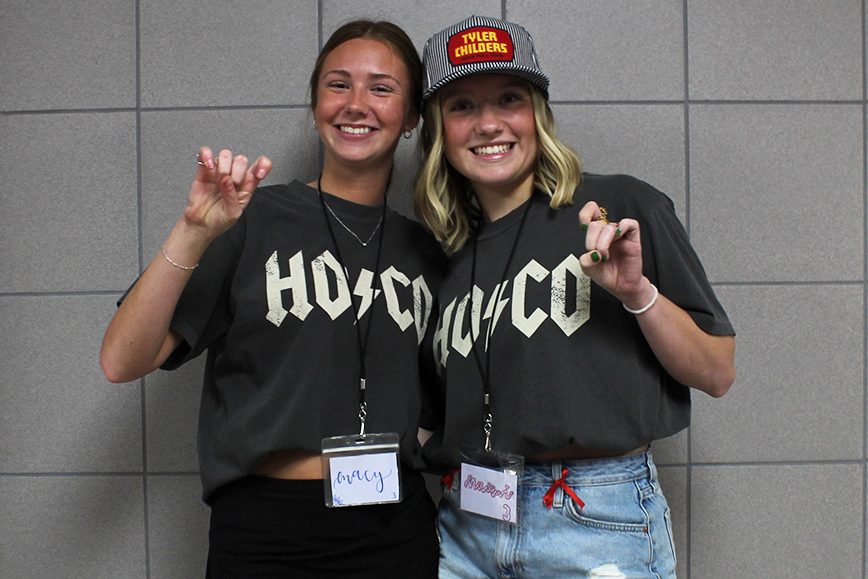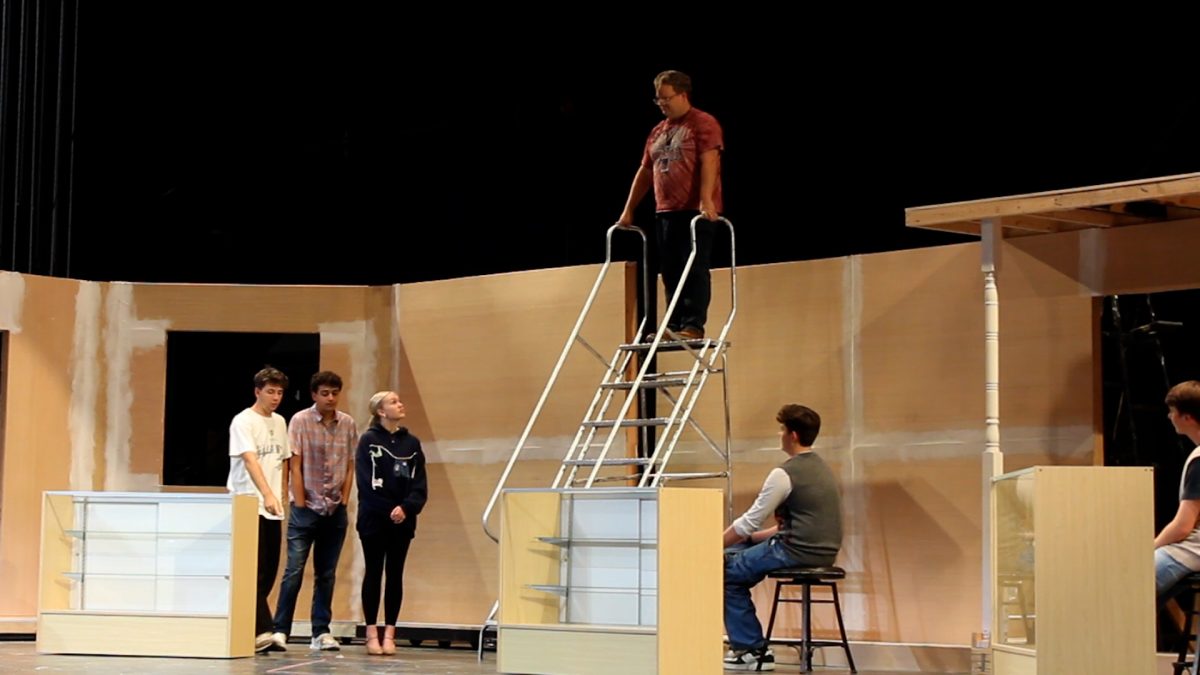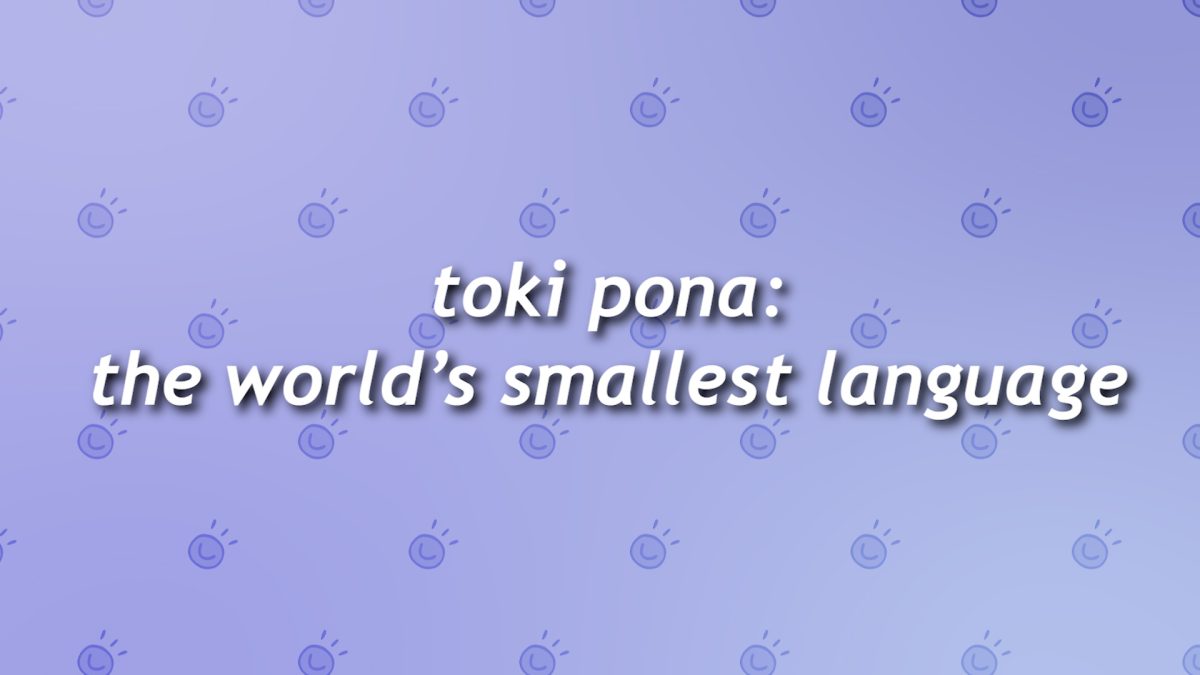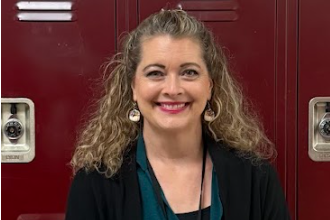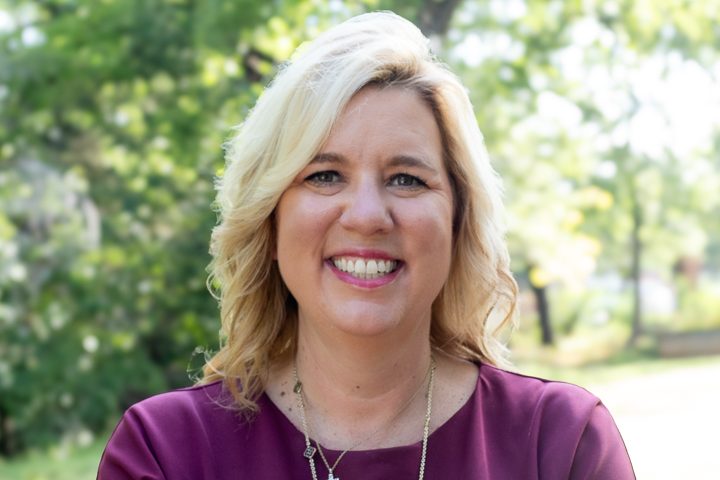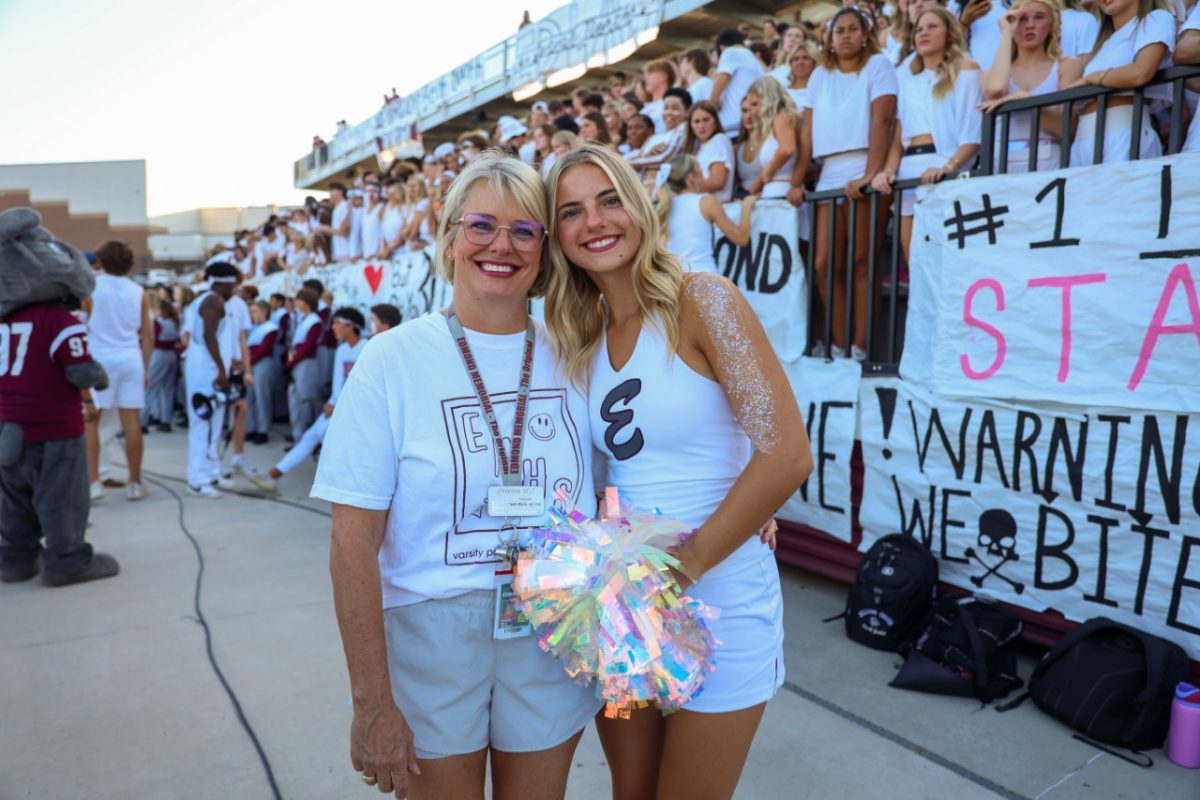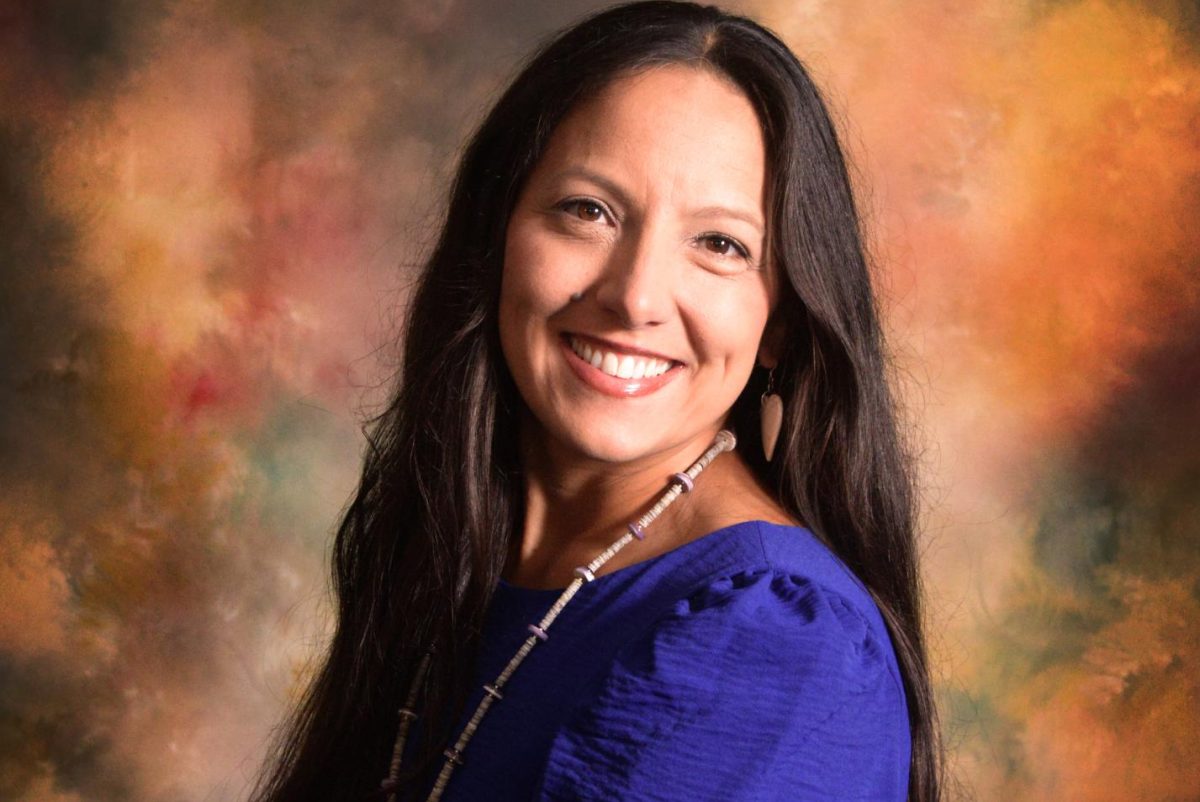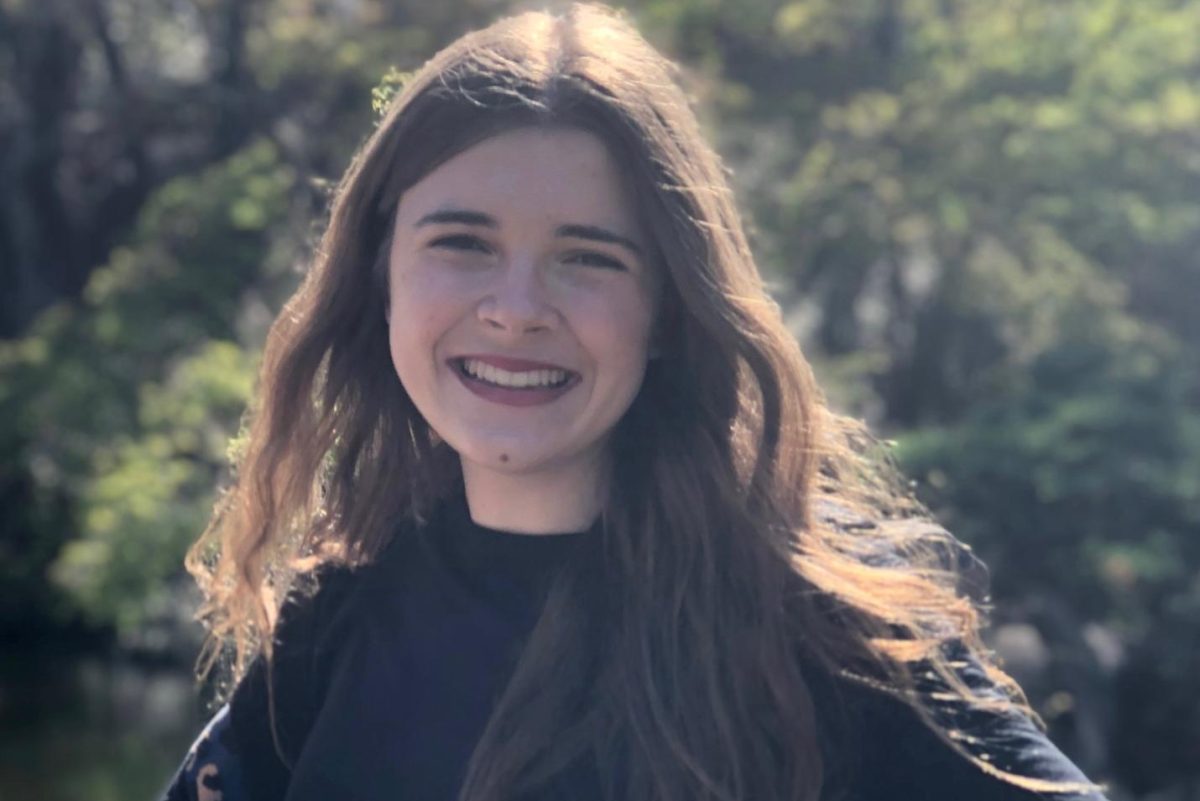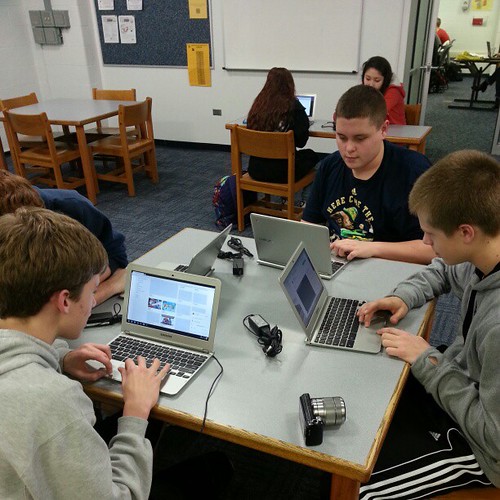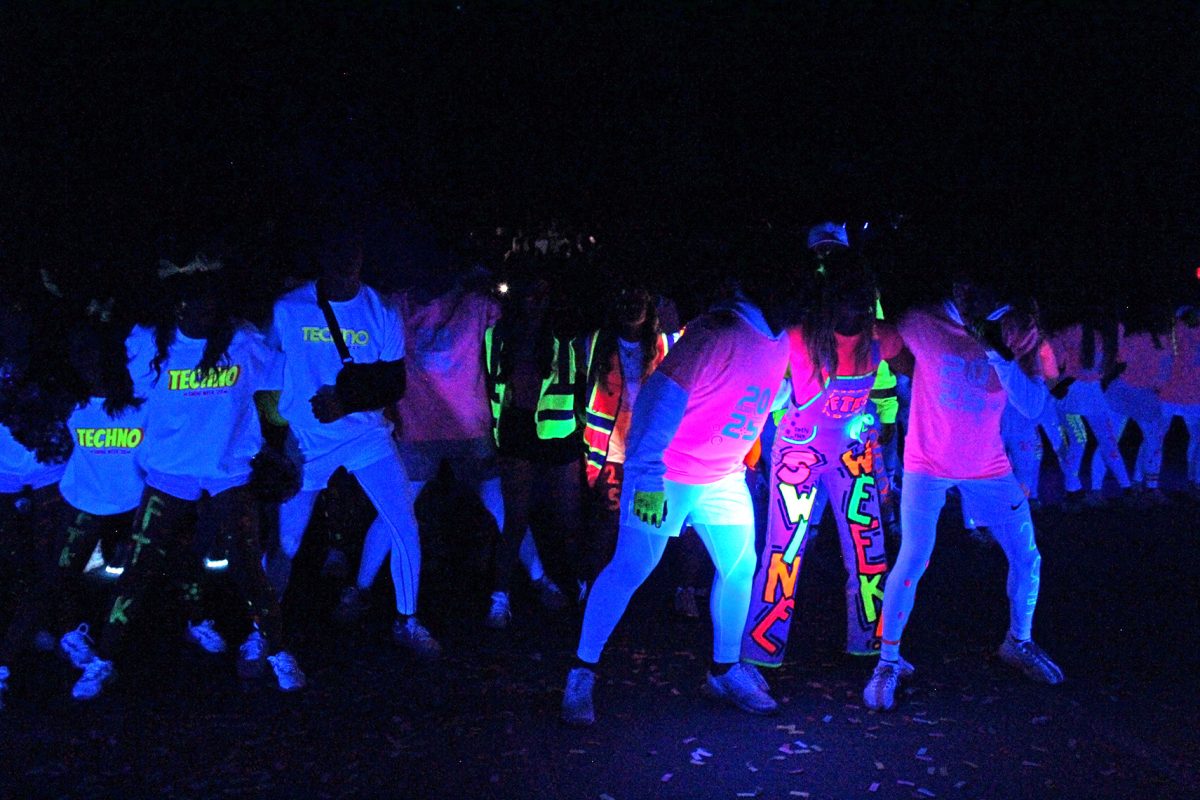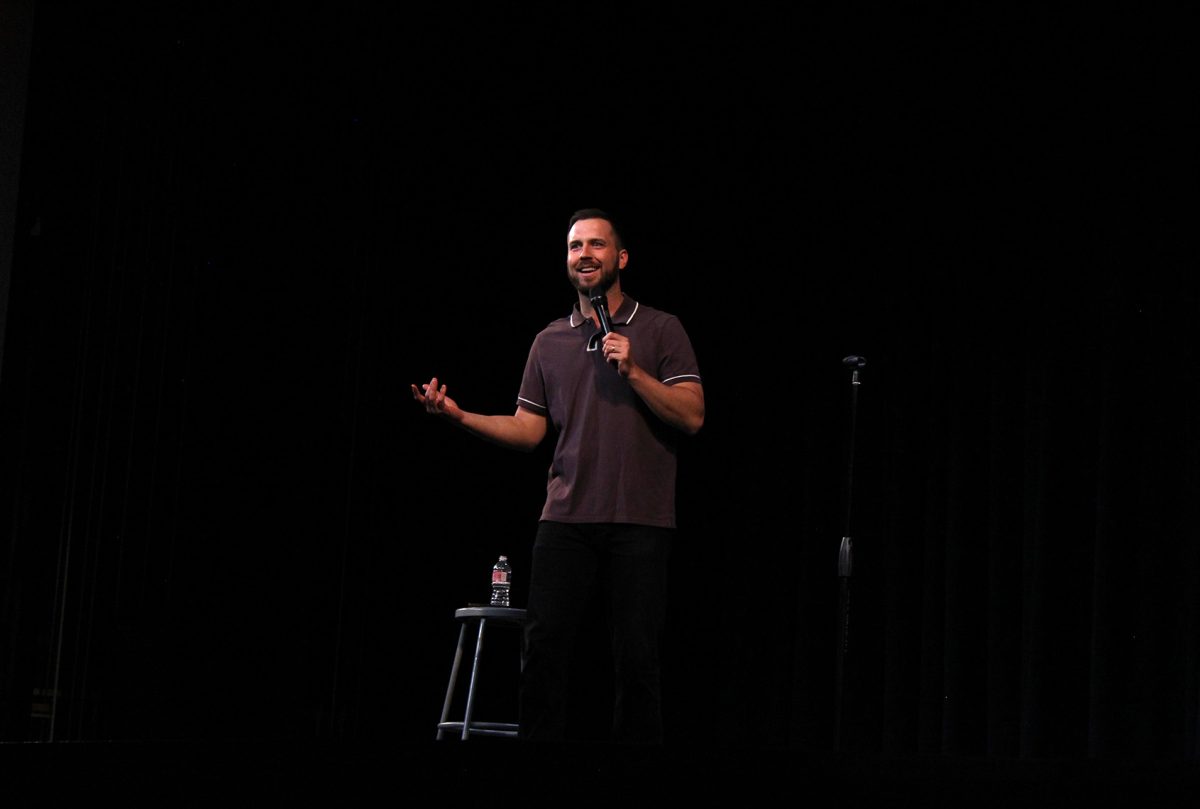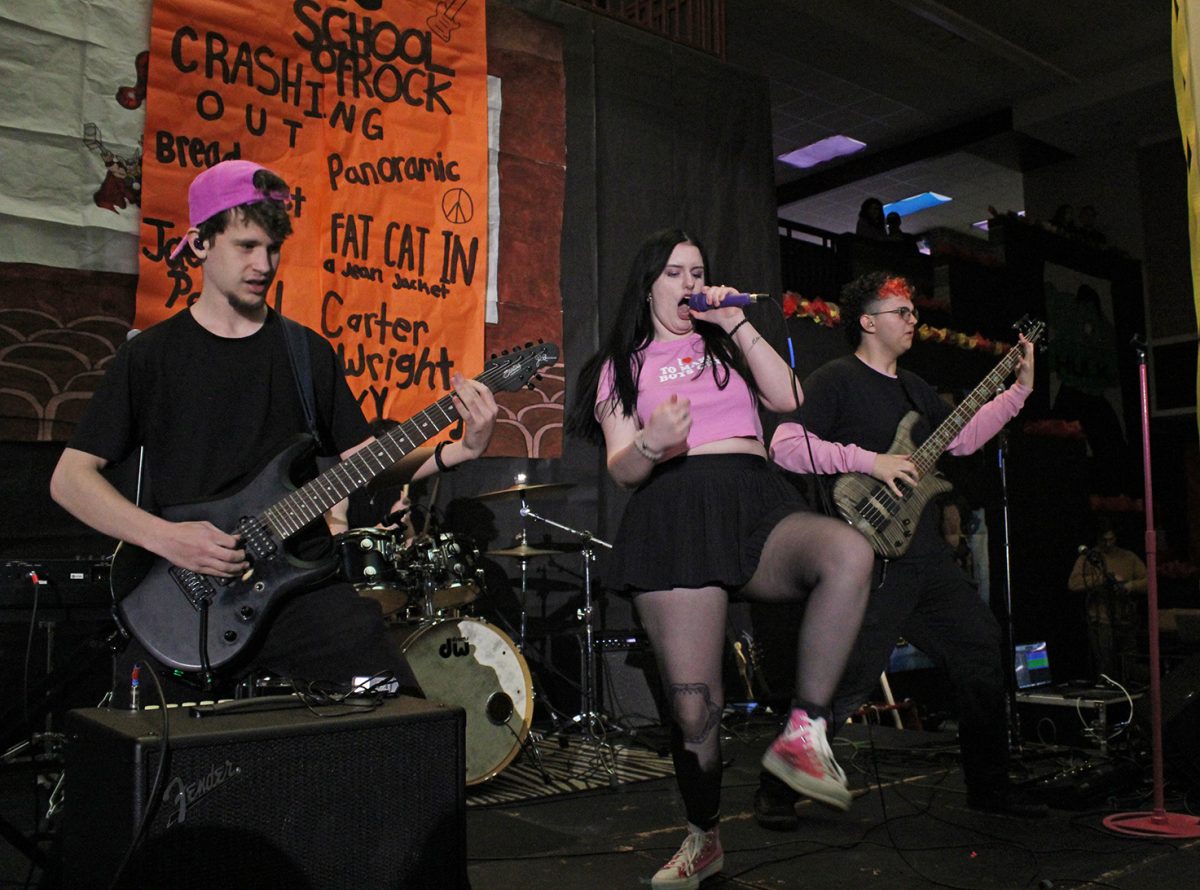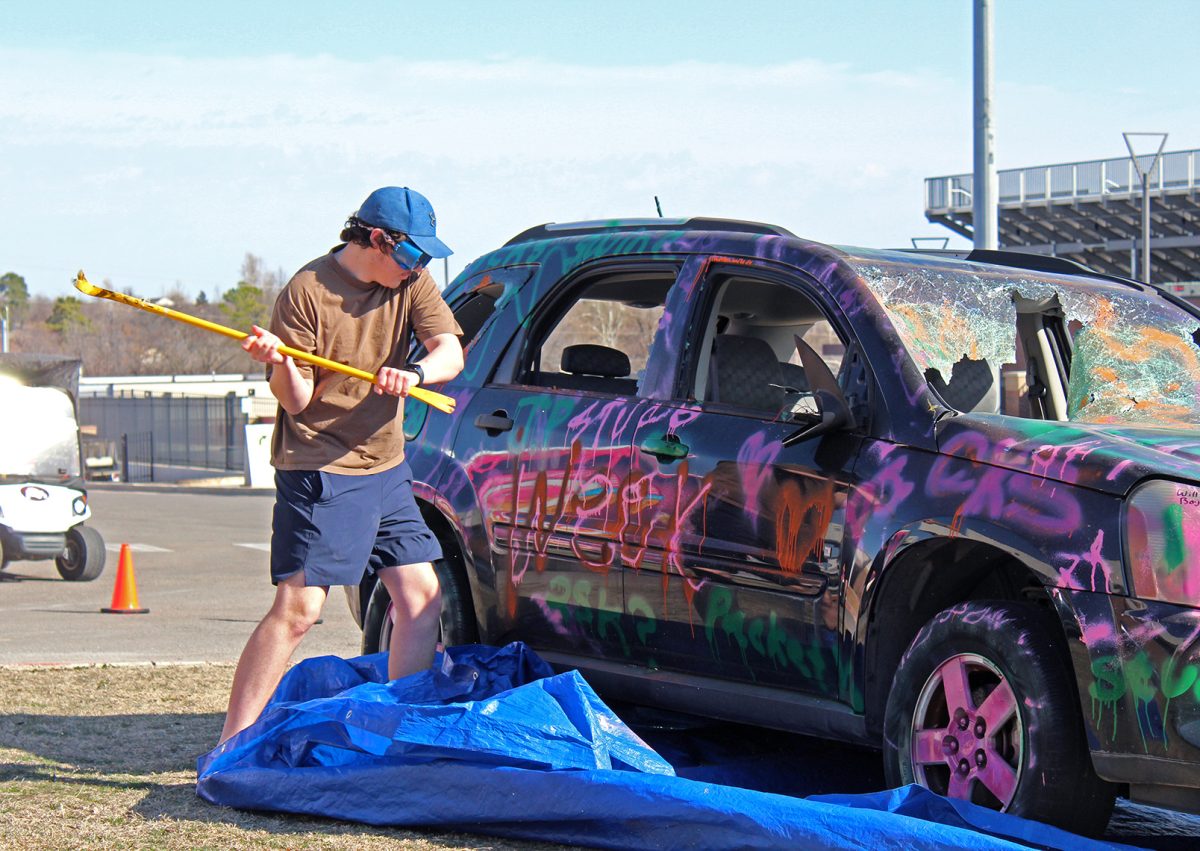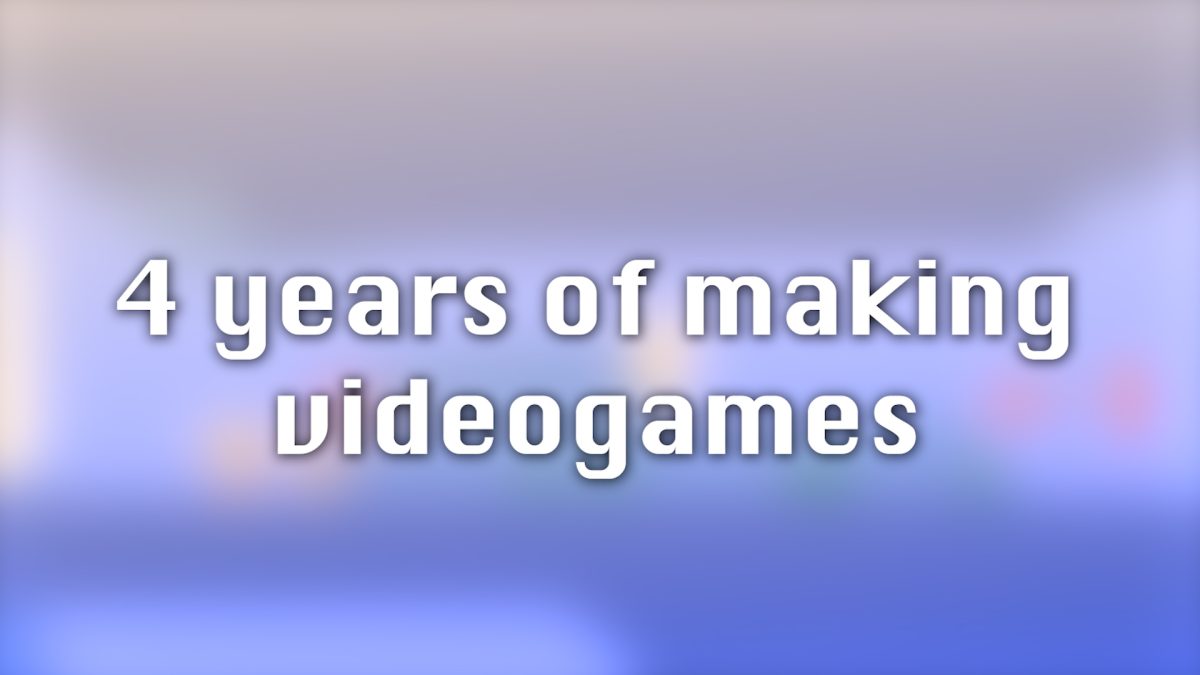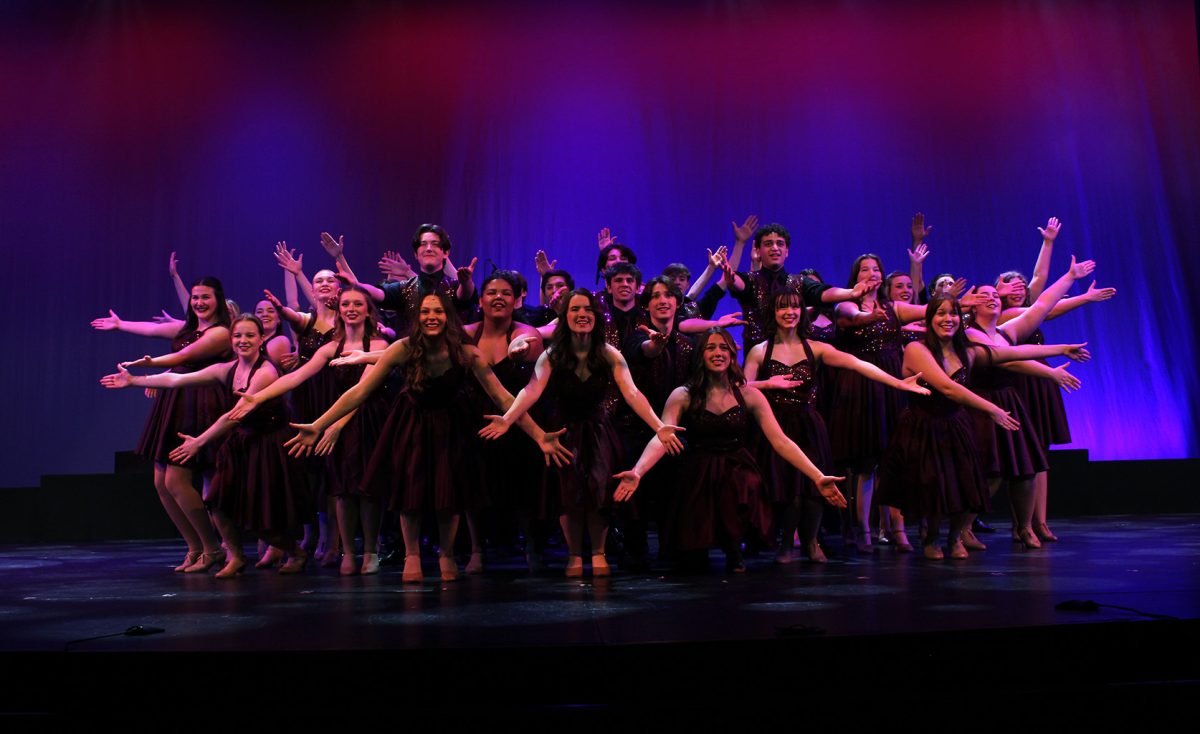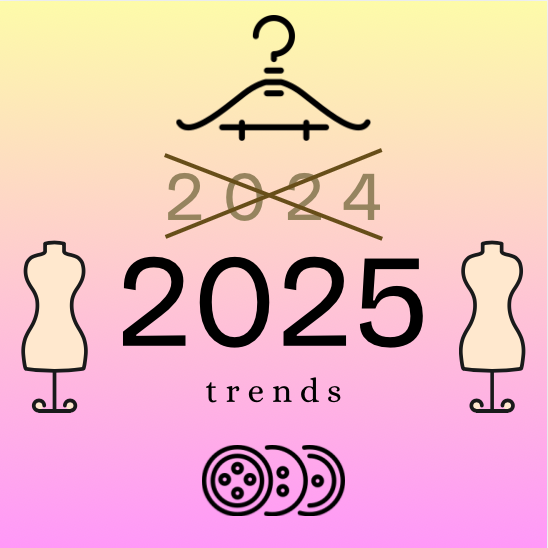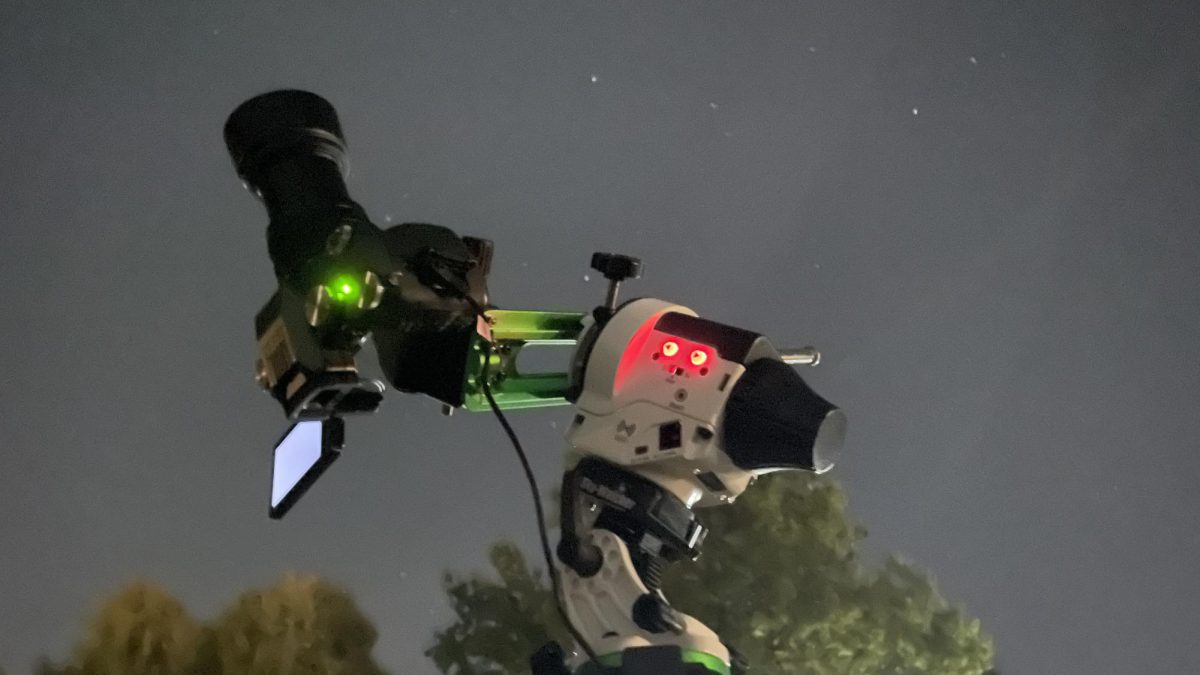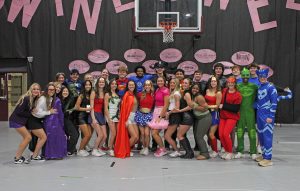“The new normal” is almost over
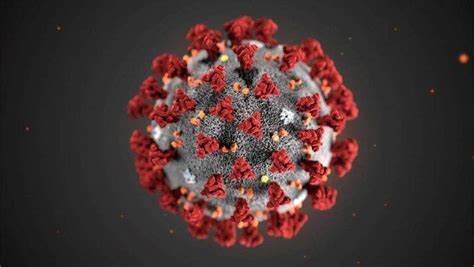
COVID-19 is still spreading.
May 3, 2021
In March of last year, the whole world was turned upside-down. Businesses shut their doors, travel came to a halt and schools went virtual (or were cancelled) for the rest of the year.
COVID-19 has taken the lives of over 552,000 people just in America and that number continues to grow. After a long wait, there is finally a light at the end of the tunnel: a vaccine. Over 16 percent of Americans have been fully vaccinated so far. As more people are vaccinated, COVID-19 cases are dropping. Unfortunately, as cases drop so do the regulations.
Many schools have been either fully virtual, or doing a hybrid schedule until this point. Schools doing the hybrid model usually have about half of the students there at a time then alternate. This allows for social distancing during class and cuts the risk of exposure in half. However, because of the vaccine and having fewer cases, many of those schools have decided to change instruction to match more of what was done before the pandemic. While this does have benefits of more face-to-face instruction and more interaction between peers, it could have unforeseen consequences as social distancing is no longer possible.
This used to be a health concern for the teachers, but now most teachers are vaccinated. The problem is, however, the students are not.
Currently there are three vaccines available: Pfizer, Moderna and Johnson & Johnson. The Pfizer vaccine is available to ages 16 and up while the other two are only available to ages 18 and over. This means that many students can not be vaccinated. While youth tend to have milder symptoms, there have been many cases in children that caused permanent issues and death.
It is also dangerous when children who are infected are asymptomatic, as it is harder to know if they have the virus. They could be spreading it to more people without even knowing. This gives students more opportunities to bring the virus home to their parents and other adults.
While adults can have the vaccine, the high demand is delaying many from being able to receive it. Additionally, Pfizer’s and Moderna’s vaccines require two doses, therefore people are not fully protected until about two months after their first shot (assuming they get a second dose as well).
Throughout the spring, COVID-19 cases in children and adults will likely rise once again due to the return to school. It would be best to wait to fully return to school until next year as most adults who want the vaccine will be able to have it by then. Tests are underway for children under 16 having the vaccine and teens will hopefully be allowed to have it by the fall.
As schools are starting back up and regulations are decreasing, continue to wear a mask. Encourage eligible people to schedule their vaccine because if we can stay cautious for just a little longer we can be back to normal sooner.
Contact Kelsi Seltenreich at ruffdraftemhs@gmail.com

